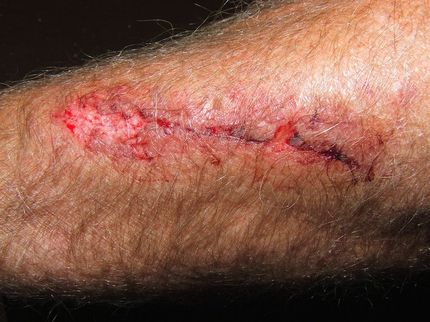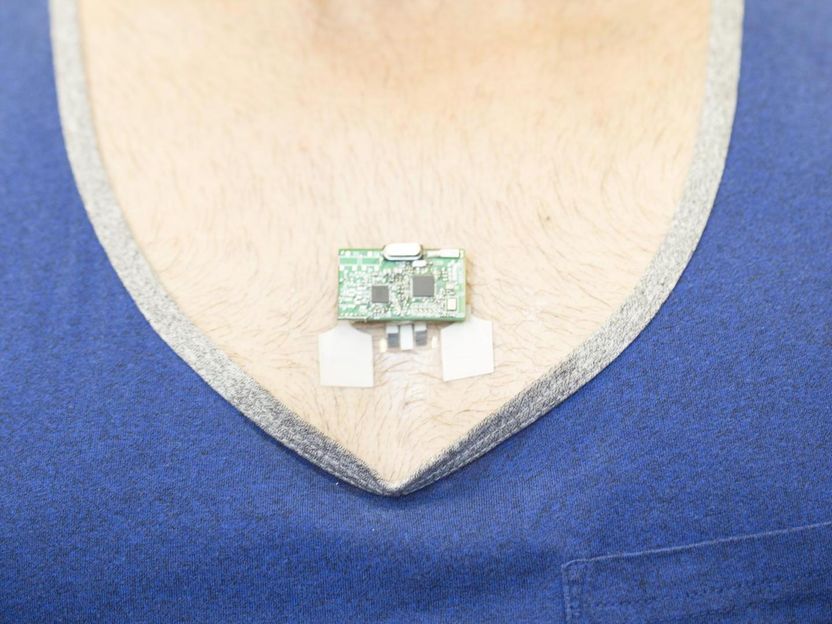Some large molecules sneak across skin on their own
Advertisement
Certain naturally occurring large molecules are able to sneak through the skin at a rate higher than that expected based on their size. The study, authored by Prof. Dr. Prasad Shastri from the Institute for Macromolecular Chemistry and the cluster of excellence BIOSS Centre for Biological Signalling Studies of the University of Freiburg and his post-doctoral fellows Dr. Chris Pino and Dr. Daniel Vonwil in collaboration with Prof. Dr. Samir Mitragotri of the University of California, Santa Barbara and Prof. Dr. Jordan Gutterman of the MD Anderson Cancer Center, University of Texas Houston, reports a surprising finding that Avicins, plant-derived natural products with molecular weights greater than 2000, penetrate across the human skin on their own.
The researchers report that the unique structure of Avicins, which is comprised of sugar residues linked to a fat-soluble core allows the molecules to gain access to the fatty component of the stratum corneum, the outermost layer of skin, which serves as a barrier for molecules to penetrate. The researchers studied penetration of various fragments of Avicins and discovered that the sugar residues of Avicins play a key role in allowing the molecules to move into and across the stratum corneum.
The findings of the study may open new opportunities in the delivery of therapeutic drugs via skin patches. Delivery of therapeutics across the skin offers many advantages, including ease of administration compared to pills and lack of pain in contrast to needle injections. However, transdermal delivery of drugs has proved challenging as the stratum corneum allows the passage of only small, oil-soluble molecules such as nicotine and estrogen. The insights gained from penetration of Avicins across the skin might provide design strategies for novel approaches to transport large molecules across the skin.
Organizations
Other news from the department science

Get the life science industry in your inbox
By submitting this form you agree that LUMITOS AG will send you the newsletter(s) selected above by email. Your data will not be passed on to third parties. Your data will be stored and processed in accordance with our data protection regulations. LUMITOS may contact you by email for the purpose of advertising or market and opinion surveys. You can revoke your consent at any time without giving reasons to LUMITOS AG, Ernst-Augustin-Str. 2, 12489 Berlin, Germany or by e-mail at revoke@lumitos.com with effect for the future. In addition, each email contains a link to unsubscribe from the corresponding newsletter.


























































